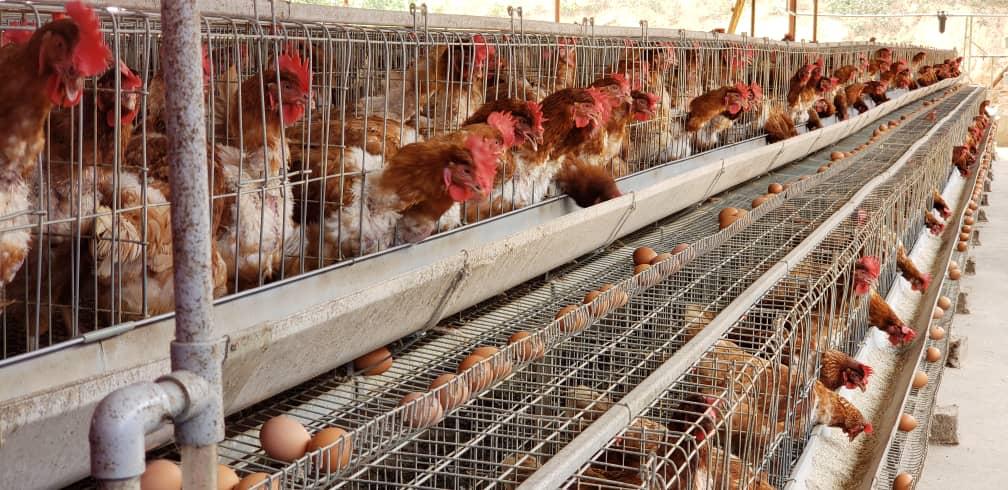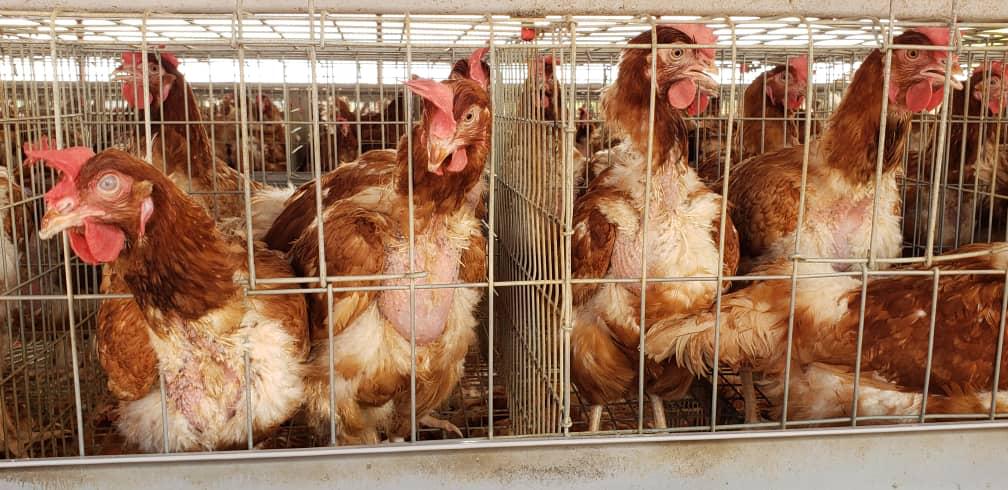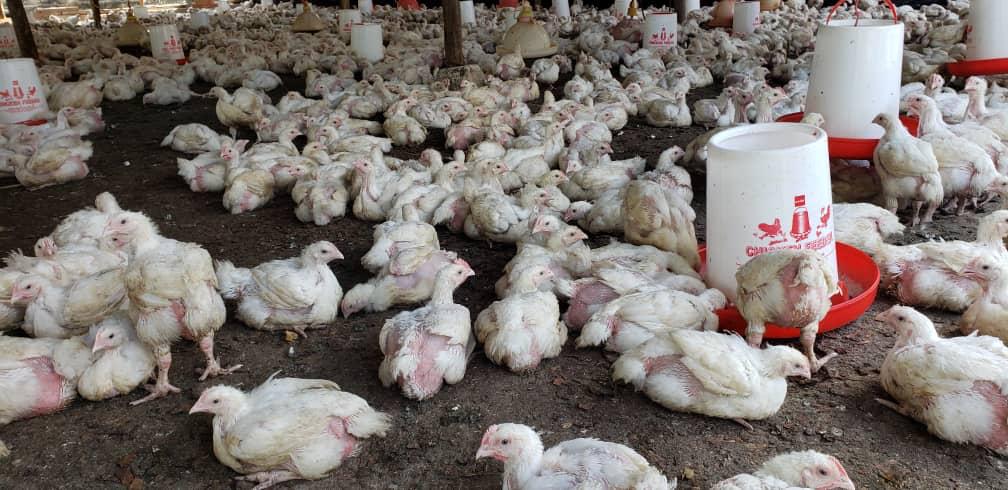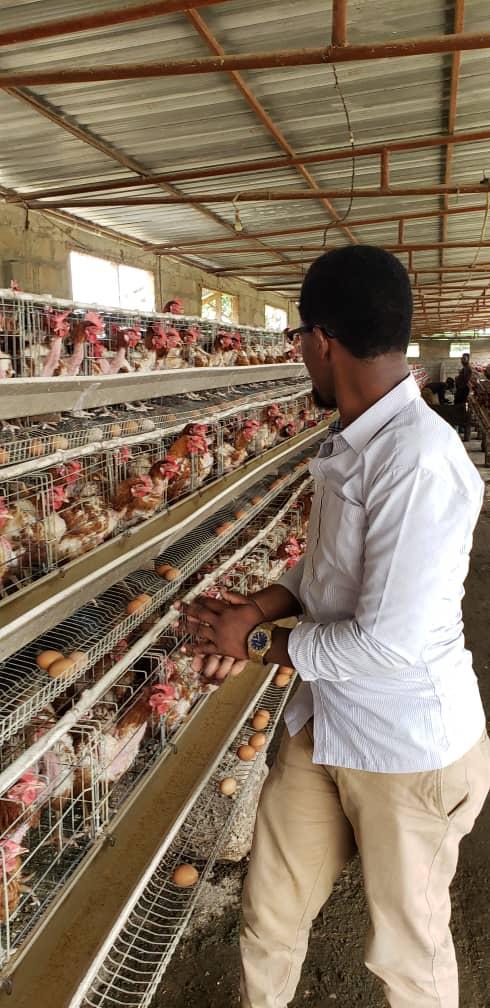Poultry production in Tanzania comprises both commercial (broilers and layers) and traditional systems, which rely on indigenous breeds, as well as improved, dual-purpose breeds. Commercial poultry production is mostly practiced in urban and Peri-urban areas.
The current population of chickens is estimated at 72 million, of which 40 million are indigenous chickens and the remaining 32 million are exotic poultry, which includes 24 million broilers and 8 million layers.
Among the existing 4.7 million agricultural households in Tanzania, 3.7 million households keep chicken.
Mainly, the nature of Tanzania’s poultry keeping is free-range, and farmers are taking up different sizes of their poultry enterprises as they see it as a way of getting quick income.
In a bid to increase farmer income and deal with the challenge of decreasing land sizes, battery cage farming is increasingly being promoted as a workable and cost-effective method of production and seems to be gaining attraction from farmers. Many suppliers advertising and convincing poultry farmers to make the sale of battery cages to poultry farmers in the country and Africa at large in the name of modern farming.
This rearing system is harsh to chickens and goes against basic animal rights. Those using battery cages keep broilers, layers, and cross-breeds, which are kept for both eggs and meat. Unfortunately, the system is causing misery to birds and human health. And, those who consume eggs and associated products are supporting animal cruelty and risking their health.
ADEL in collaboration with intend to implement a cage-free movement’s project in Tanzania that aims at raising awareness among poultry farmers, egg dealers, corporate businesses like hotels, and other industries that use or produce poultry products, to embrace cage-free systems and the use of cage-free eggs in their products.
PROGRAM NEED Hens in battery cages experience the highest rate of some non-infectious diseases including fatty liver and disuse osteoporosis due partly to the lack of movement. The extreme behavioral restriction in battery cages which includes the inability for hens to walk, nest, dustbathe, forage, flap their wings or perch, causes the poorest bone strength of all housing systems, and the highest number of fractures at depopulation. The welfare disadvantages of battery cages are inherent in the infrastructure design and cannot be overcome by management. Battery cages prevent hens from carrying out innate behaviors such as laying their eggs in a nest, dust bathing, and foraging




